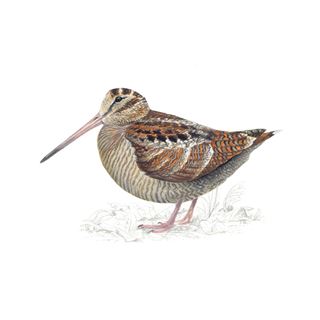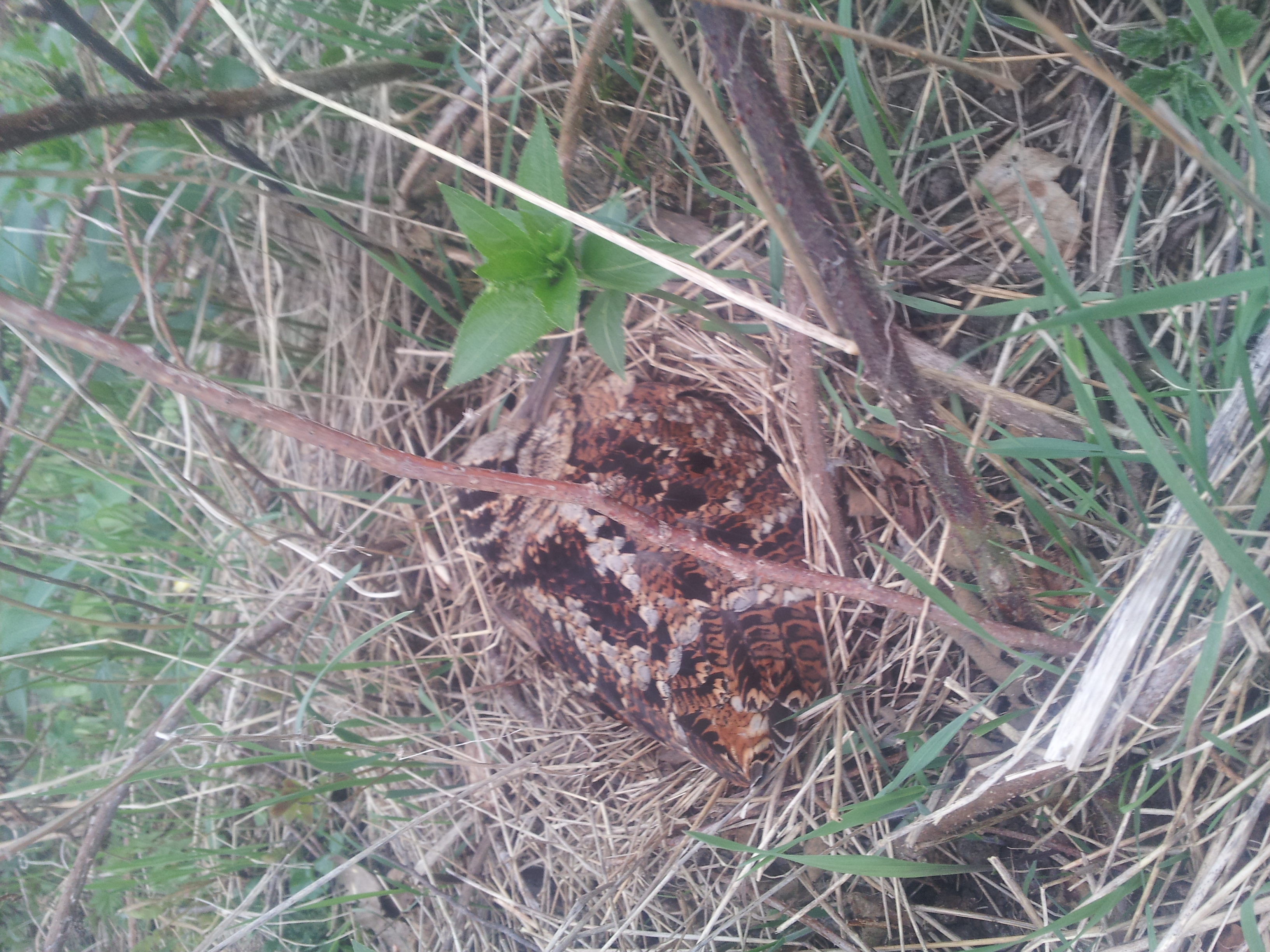Sickleholme Nature Notes
Despite the vagaries of the weather, colour did return to the course during April as the yellow wildflowers of Spring (Coltsfoot, Lesser Celandine, Primrose and Dandelion) came to full flower and were joined by a couple of Broom shrubs. New colours also arrived with hundreds of tiny Sweet Violets and several large areas of Forget-me-not, whilst the clearance of the trees in the ditch above the 9th green exposed a splendid colony of Wood Anemone.
The first butterfly of the year was a sulphur coloured male Brimstone in mid-month but that was quickly followed by several Peacock and a Small Tortoiseshell. One white butterfly went unidentified but was most probably a Green-veined White. There will be more to follow.
There was some humour before the new men’s captain’s “drive-in” on 1 April when two Curlew stood like sentries towards the first green and a couple of Canada Geese created a fly-past. Few Captains can have had such ceremony! Singing birds on the same day included Blackbird, Robin, Dunnock, Greenfinch, Chaffinch, and Siskin.
Our Buzzards were seen regularly, the pair of Mandarin Duck reported last month continued to tour the course and incoming migrants were well in evidence from 13th with three different warblers (Chiffchaff, Willow Warbler and Blackcap) all in song. During May, I will try and estimate the number of territories that we have for each of these species and of Lesser Redpoll. The first Swallows are always a good sign albeit that as soon as they arrived, the weather deteriorated and the few that stayed were passing golfers at knee height as they struggled to find food. The star discovery this month, however, was made by Phil Moseley at the top of the course where he discovered a Woodcock on a nest. This species feeds nocturnally on the ground and is seldom seen except when displaying over a wood just before dusk. The plumage is so wonderfully cryptic as to provide near perfect camouflage and rather than fly off when approached, they usually choose to stay perfectly still and hope not to be seen. Just compare the attached text book illustration of a Woodcock with Phil’s well disguised bird. A great addition to the Sickleholme wildlife list.
Bryan Barnacle



